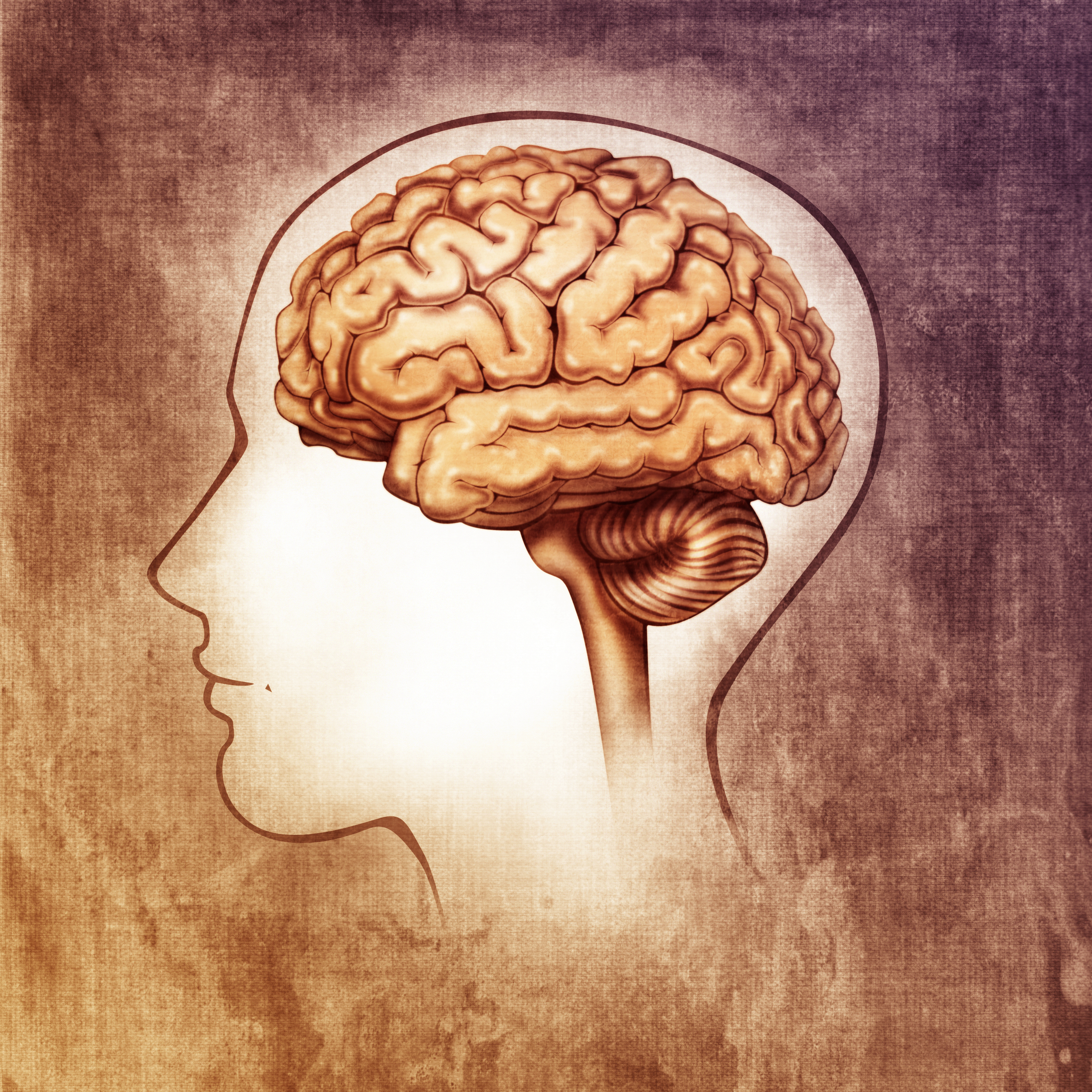Based in Neuroscience
This website describes Somatic education in very plain terms to get the point across quickly in this fast paced world we live in, but the science behind Somatics is based in neurophysiology and uses terms such as "sensory-motor amnesia," "pandiculation," "startle- response," "withdrawal response," "stretch reflex," "habituated responses" and other phrases to describe why and how the body holds it's muscles during and after activities and traumas. As life happens your chronically tight muscles can create the body shapes that we are here to help you address.
Your chronically contracted muscles can hold in the same limiting body shapes for many reasons. Our reactions to stress, pain, and trauma can all be factors in causing stuck muscles. Also, if your muscles stay to long in the same shape, they sometimes get stuck in the same position, as if they have forgotten how to freely move into other positions. This can come from the effects of Sensory-Motor Amnesia. There is an unconscious forgetting of how to relax and even control muscles that are tight and stuck that way. Another important fact in understanding this process is that Somatics is brain-work - not body-work.
The Real Mind-Body Connection
Your brain actually controls your muscles. Muscles have no mind of their own, except for doing exactly what your brain and nervous system tell them to do. So, in essence: the brain's switch for certain muscles has gotten stuck in the "on" position. Pain and limitation can happen over time as stuck muscles constrict and pull you into limiting shapes and the body is not able to function or move efficiently. People with tight stuck muscles feel stiff and tired which in turn makes them feel old.
Dr. Thomas Hanna, the founder of Hanna Somatic Education® coined the term "Sensory-Motor Amnesia" (SMA), which really means that you have forgotten how to consciously release your own contracted muscles. Sometimes you may get so used to chronically contracted muscles and not even know that they are chronically tight and continually "on" all day and all night. Over time these tight muscles can cause a whole host of physical issues and limitations..
Even common activities like reading or using your cell phone can create stuck shapes in our bodies, which can compound over time to create more and more stiffness and increasingly limited movement.
Forgetting how to move and control certain muscles can show up in things as simple as the stiffness we feel after sitting inactive at a desk for too long without getting up, the way stress can create tension in your neck and shoulders, or can be as extensive as compensating for the limp after a broken leg as you heal. In each of these cases, the muscles have stayed in one shape or length for so long that it can become a habit. This is where learning Somatic skills can help you to regain control of these over worked muscles and in turn, your life.
Lengthen Rather Than Stretch
Most people try to stretch muscles that are stiff. However, traditional static stretching is actually fighting your brain and is not what your body needs; instead, your brain needs to regain control of the muscles and allow them to lengthen. "Stretching" is often misused and mistaught so that the muscle is lengthened beyond its correct length. This form of forced lengthening of muscles can activate the "stretch reflex." The "stretch reflex" is where your nervous system actively resists your stretching and limits your goal of lengthening and releasing the muscle to its full and ready resting length. Learn how to work WITH your body rather than against. Learn to train your brain to release and lengthen your muscles with specialized Somatic movement rather than stretching by force. It's much easier, more pleasurable, with longer lasting cumulative results no matter how long you have been in these body shapes.
Body Shapes = Days or Decades
For many people, their shapes that come from chronically contracted muscles can go back weeks, months, years, or even decades. Their stress, repetitive movements, or accident traumas have kept their muscles in a constant state of overwork without much of a break to recover. This muscle stiffness becomes compounded by you trying to use the muscles that cannot relax or even contract all the way. Some people live for years with the pain from these stiff muscles. Most people eventually accept these stiff, achy, painful limitations as the inevitable aging process. The good news is that no one has to stay stiff, achy, or in pain: read on to learn how to Get Out Of Shape and free yourself through this experiential education process with Ryan Moschell, CHSE.


